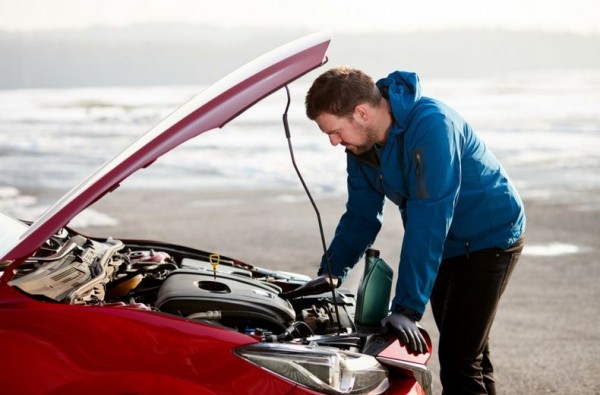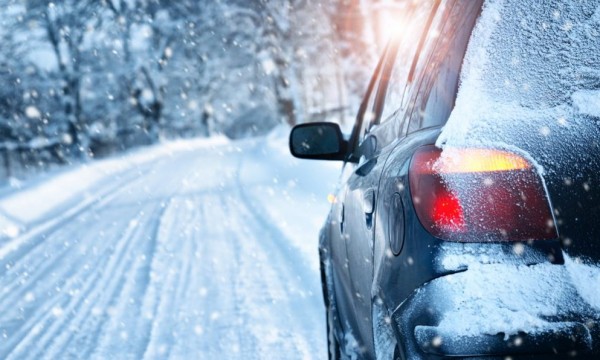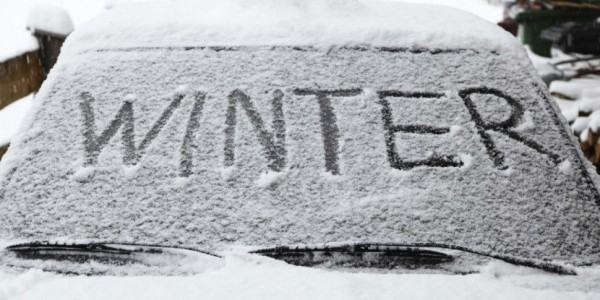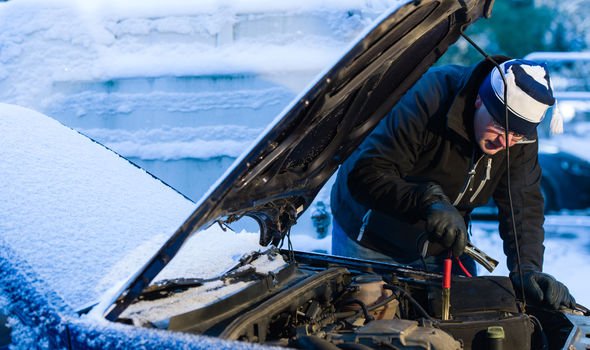Though there is a marked difference between North and the South, this winter has been mild, up to 4⁰C warmer than average in January. Looking ahead, it may become colder towards the end of February and weather forecasters do not exclude that temperatures may fall and we may see snow and ice in March if the Jet Stream - which has so far kept the Arctic weather in check – weakens and release the cold further south, where we are. Winter in spring?
Are we still ready for the cold? Nankang says that it is better to be safe than sorry and make sure our cars are ready any time for what the weather may throw at us.


6. Check your heating, fans and defrosting. Fix if anything does not work. It may be expensive, but you have no option if you want to drive safely.

7. Check your tires for pressure and tread depth. Even though the minimum legal is 1.6mm, make sure you have 3mm or more. Nankang has a useful checklist on our blog Taming the Beast from the East – the extreme freezing weather front possibly coming again from the Arctic. If it’s time to change, think of getting Nankang All Season tyres and have a look at our March 2019 blog, All Season Tyres and User Report. If you live up North, or you expect you will be driving a lot in the snow, Nankang Winter Tyres will offer grip and reassurance even if you have only a 2-wheel drive.
8. Get your car washed and waxed. Not critical, but the wax will protect the paint from snow and salt damage.
9. Prevent ice grip and lock. From iced up door lock to frozen shut doors and bonnets, ice will try its best to stop you from entering the car. • Have a lock de-icer at home or somewhere handy. It’s useless to have de-icer in the car if you cannot get it when you need it. • Lubricate/protect your lock, window tracks and rubber door and boot seals with a Teflon spray. Lower the windows and spray inside the tracks; then, open and close several times to make sure the lubricant is evenly spread. Use a cleaner and a paper towel to remove any spill on the glass. To avoid getting the liquid on the car interior, spray the Teflon on a rag and run it on all the rubber seals.
10. Carry a breakdown kit. This is not just for the winter: it will come in handy all the year round – though you may want to have some special extras for the cold. You should have at least: ice scraper and de-icer (remember, the law says you must have front and back windscreen clear of ice and snow); a torch: yes, you can always use your phone, but you may regret it: running out of battery is the last thing you want to happen when you are stranded; an in-car phone charger, a shovel; something warm to wear if you are stuck and waiting for help; a high visibility vest or jacket: if you have to leave your car in the dark, you really want to be seen by the other drivers; snow and ice grips; a rain poncho and a set of booster cables.
 Now that you are all ready to go, have a practical reminder on how to drive on snow and ice in our blog, suitably entitled Driving on snow and ice.
Now that you are all ready to go, have a practical reminder on how to drive on snow and ice in our blog, suitably entitled Driving on snow and ice.
Drive safe with Nankang.